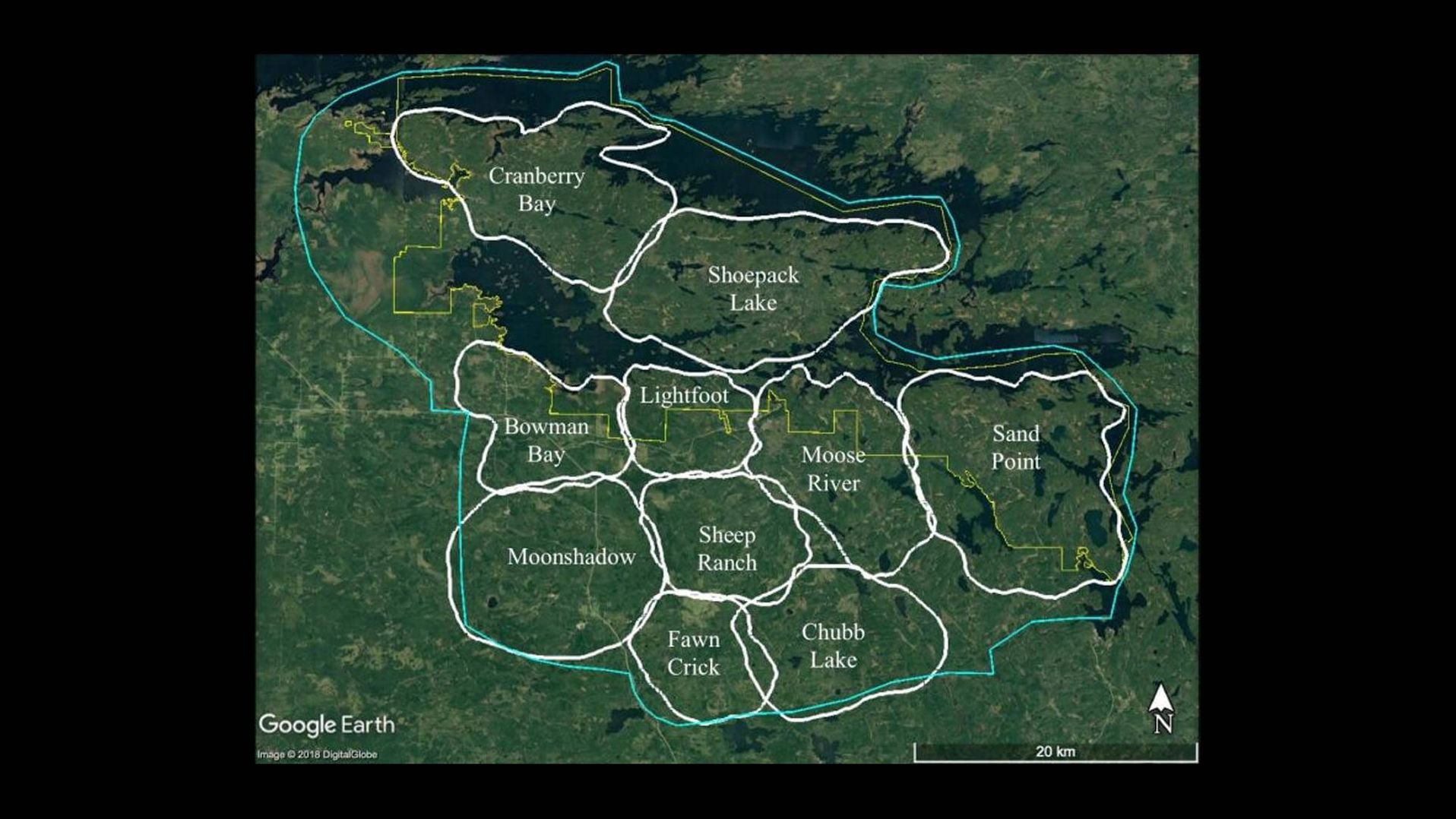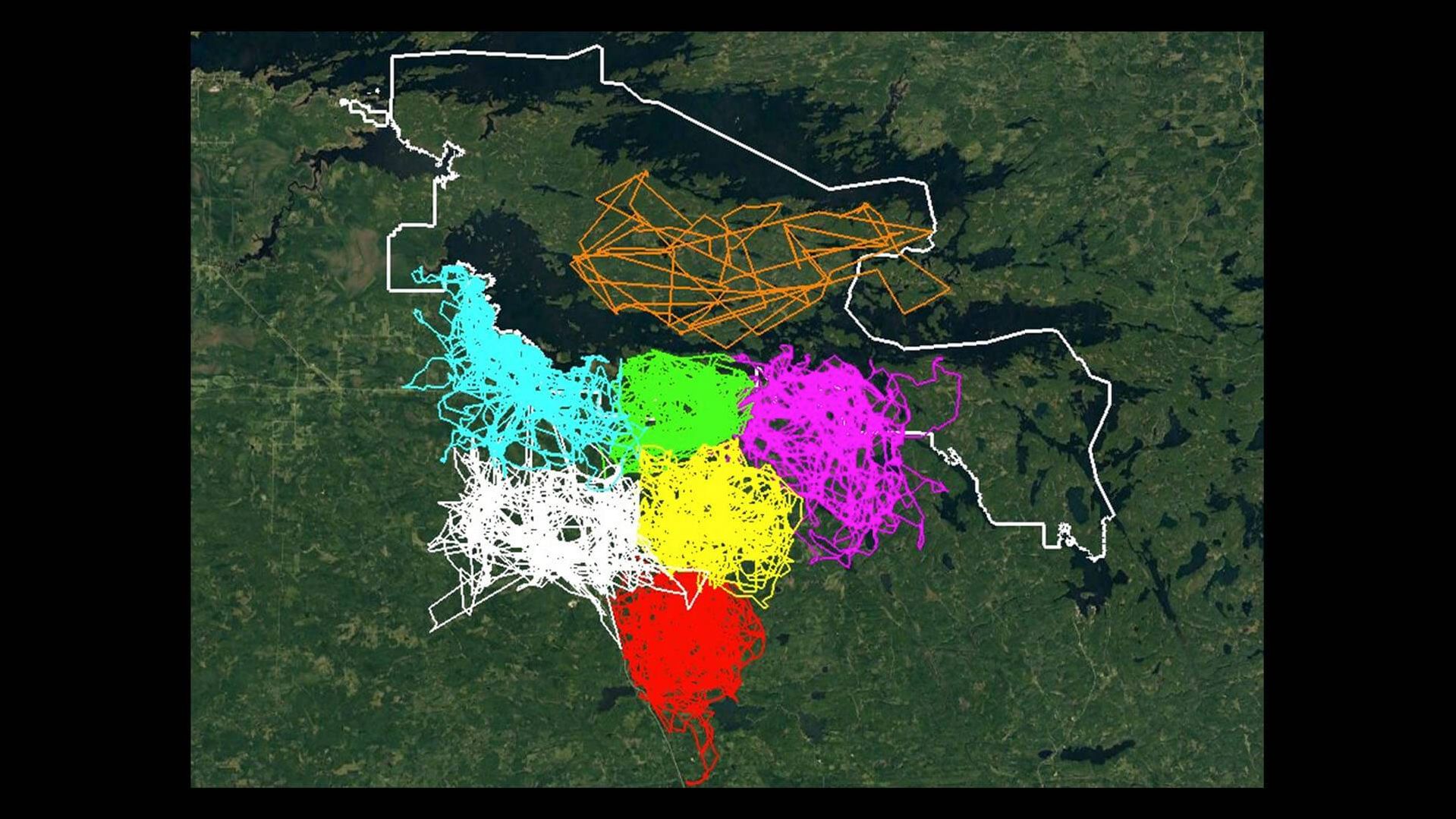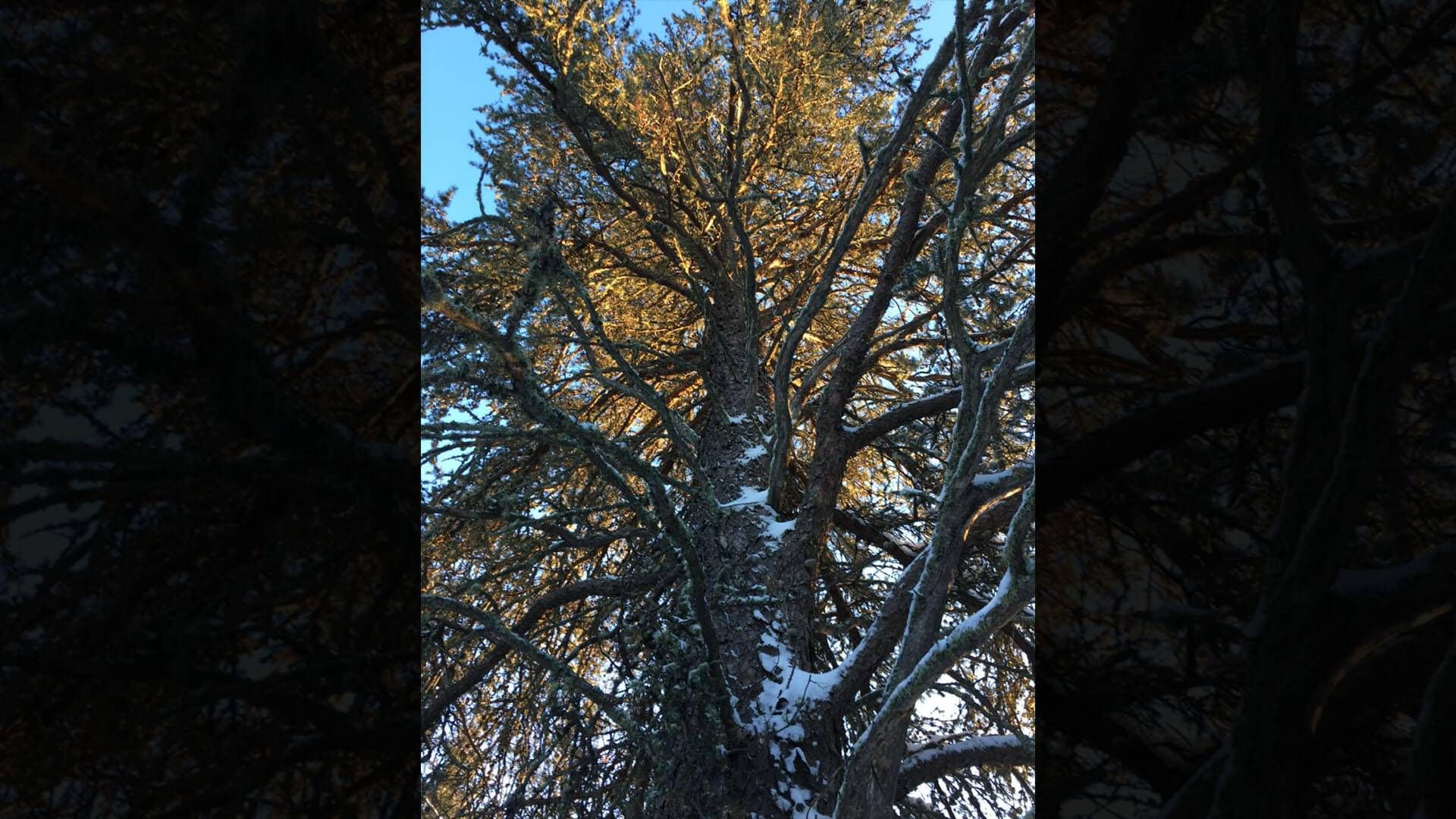Fishing with Wolves
Researchers have long struggled to study Minnesota's wolf populations during the summer months. The northern forests are too thick and the wolves are too good at avoiding even the stealthiest human gaze. But recent advances in GPS tracking and video technologies have overcome some of these barriers and provided many surprises. A recent example: Wolves enjoy fishing.
Earlier this year, biologists with the Voyageurs Wolf Project captured the first-known video of a wolf catching and eating a freshwater fish species. The study also received attention for showing how remarkably 'respectful' wolves are of territorial boundaries.


As an added bonus, while the researchers were working in the field, they discovered several "champion" trees, including the nation's top Jack Pine. University of Minnesota biologist Joseph Bump stopped by Almanac to tell us more about these exciting discoveries in the natural world.


This story was published December 17, 2018.
